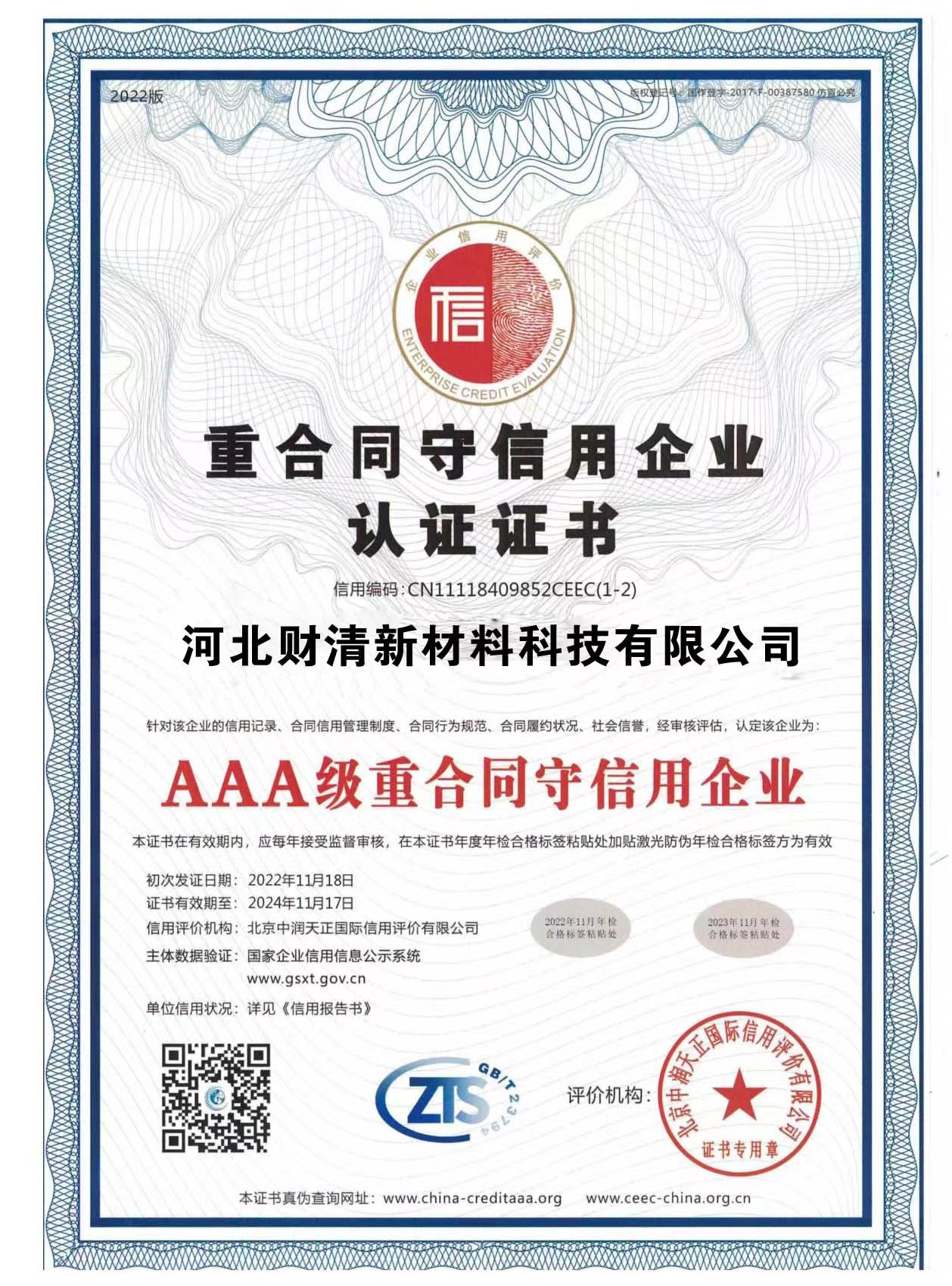
7 月 . 27, 2024 19:22 Back to list
China's TiO2 E171 Product Developments and Market Trends in the Chemical Industry
The Complexities Surrounding China's Titanium Dioxide (TiO2) and E171
Titanium dioxide (TiO2) is a widely used compound renowned for its excellent whitening and opacity properties. It's found in a plethora of products, including paints, plastics, paper, and food. In recent years, there has been growing scrutiny over the use of titanium dioxide in food products, particularly concerning a specific formulation known as E171. In this context, China stands as a significant player in the global market of TiO2, contributing to both its production and consumption.
E171 is the European food additive designation for titanium dioxide. It serves primarily as a coloring agent, providing a bright white hue to a variety of food products, including confectionery, dairy, and processed foods. However, its safety has come under investigation, particularly in the European Union, where health authorities have started reevaluating its use following concerns about potential health risks associated with the consumption of nano-sized TiO2 particles present in E171.
The Complexities Surrounding China's Titanium Dioxide (TiO2) and E171
The controversies regarding E171 and titanium dioxide food additives have prompted Chinese producers to reassess their strategies in both production and marketing. In light of safety concerns raised by various health organizations, including the European Food Safety Authority (EFSA), there is pressure on Chinese manufacturers to improve transparency and safety measures in the production of TiO2 meant for food applications. This includes adhering to stringent quality controls and providing detailed information about the physical and chemical properties of their products.
china tio2 e171

Moreover, as the EU has begun moving towards stricter regulations regarding food additives, there is potential for a domino effect on other markets, including Asia and the Americas. China, as a major supplier, may face a decline in demand for E171-based products if regulatory bodies follow suit and impose limitations on the use of titanium dioxide in foodstuffs. Consequently, keeping abreast of international regulations and shifting consumer perceptions is vital for Chinese producers to maintain their market position.
In response to these challenges, some companies in China are diversifying their product lines, focusing on safety, sustainability, and innovation. There is a notable shift towards producing TiO2 that meets enhanced safety standards, as well as exploring alternatives that can substitute E171 in food applications. Initiatives aimed at reducing reliance on potentially harmful additives are becoming paramount, especially as consumers increasingly demand clean and safe food ingredients.
As the debate over the safety of food additives like E171 continues, collaboration among producers, regulatory bodies, and consumers will be essential. China’s role in this landscape will arguably be determinant, not just in terms of manufacturing capabilities but also in engaging with global standards and practices.
In conclusion, the intersection of China’s titanium dioxide production and the contentious issue surrounding E171 presents a complex landscape. While China remains a leader in TiO2 manufacturing, the ongoing scrutiny regarding its safety in food applications poses challenges and opportunities. It underscores the need for Chinese manufacturers to innovate and adapt to a changing regulatory and consumer environment, ultimately steering the industry towards a safer and more sustainable future.
-
Lithopone for Plastic & TiO2 R-5568/SK-6658 Masterbatch Solutions
NewsMay.30,2025
-
China Leading Rutile TiO2 Manufacturer - R5566 & R996 Grades Available
NewsMay.30,2025
-
High-Purity Anatase & Rutile TiO2 Powder Trusted Manufacturer
NewsMay.30,2025
-
High-Purity Anatase Products Trusted Supplier & Manufacturer
NewsMay.29,2025
-
Best Price Eco-Friendly Rutile TiO2 Supplier & Wholesale Factory
NewsMay.29,2025
-
Chinese Anatase Titanium Dioxide for Ceramic Glaze Reliable Supplier
NewsMay.29,2025
